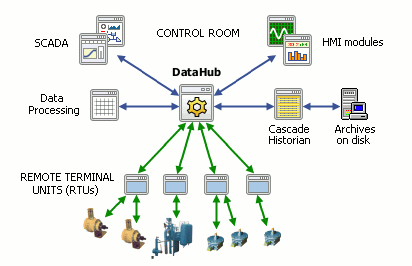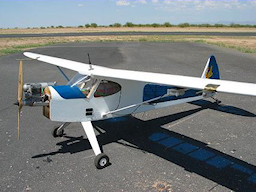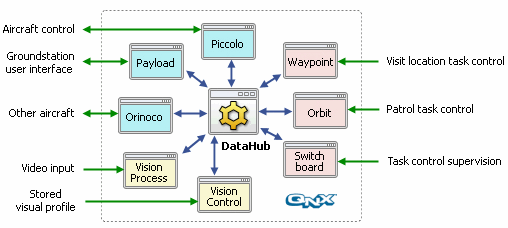Case Study: Gazprom, Russia
Gazprom integrates SCADA, HMI modules, RTUs, data processing and historical archiving
Gazprom, the largest gas producing company in the world and responsible for 8% of Russia’s GDP, is using DataHub® software to monitor and control pumps, valves, consumption control units, cranes, and other equipment along 23,000 kilometers of pipeline spanning much of western Russia. The control system was developed by the Federal State Unitary Enterprise and is called the Unified Remote-Control Complex, or UNK TM. Software sales and support were provided by SWD Software Ltd., a QNX and Cogent distributor in St. Petersburg, Russia.
“DataHub software was the perfect tool for the job,” said Mr. Leonid Agafonov, Managing Director of SWD. “It is easy to use and provides robust connectivity for the whole control system. Our customer is very pleased with the project, particularly the reliability of the software.”
The system is an open, distributed-information control system with modular hardware architecture running on the QNX 4 operating system. A DataHub instance operates in each Control Room, and is connected to a number of Remote Terminal Units (RTUs), which in turn are connected to valves, pumps, and other hardware. The DataHub instance is also connected to a SCADA system, various HMI modules, and the Cascade Historian, which stores data to disk.
The system provides real-time operation, a multi-window graphical user interface, data processing components, and archival disk storage of data. Workstation devices and services, such as electro-chemical protection and operational service can be added or removed at any time. There is also teletext communication between the Control Room and the RTUs, through the DataHub software.
The Unified Remote-Control Complex has successfully passed tests administered by the Interdepartmental State Testing Commission and has been recommended for use at OAO “Gazprom” units and facilities. The system was developed by the Federal State Unitary Enterprise “FNPZ Y.E.Sedakov NIIIS”. It has a Measurement Instrumentation Approval Certification #6398 and is listed as #18430-99 in the State Measurement Instrumentation Register.






